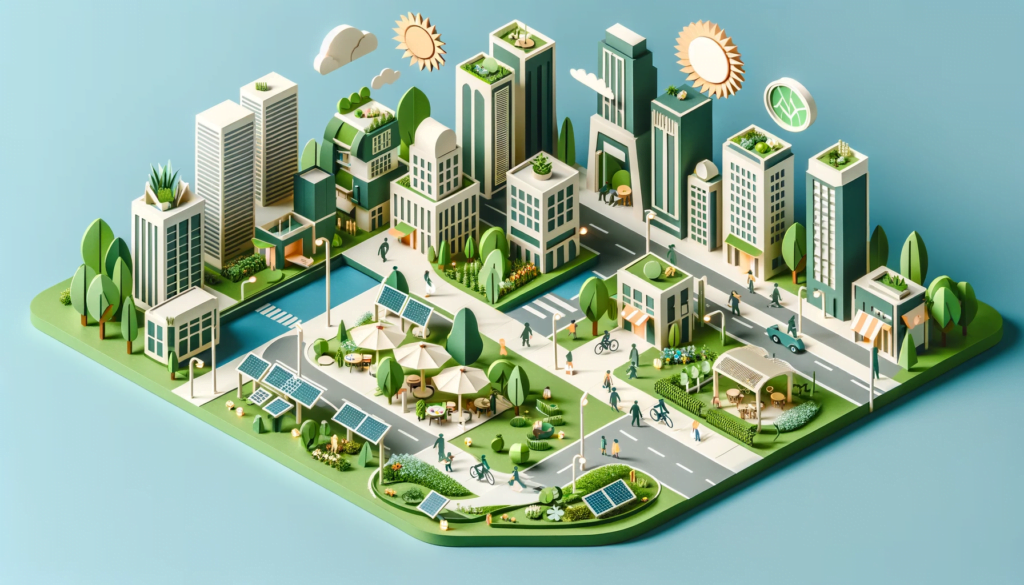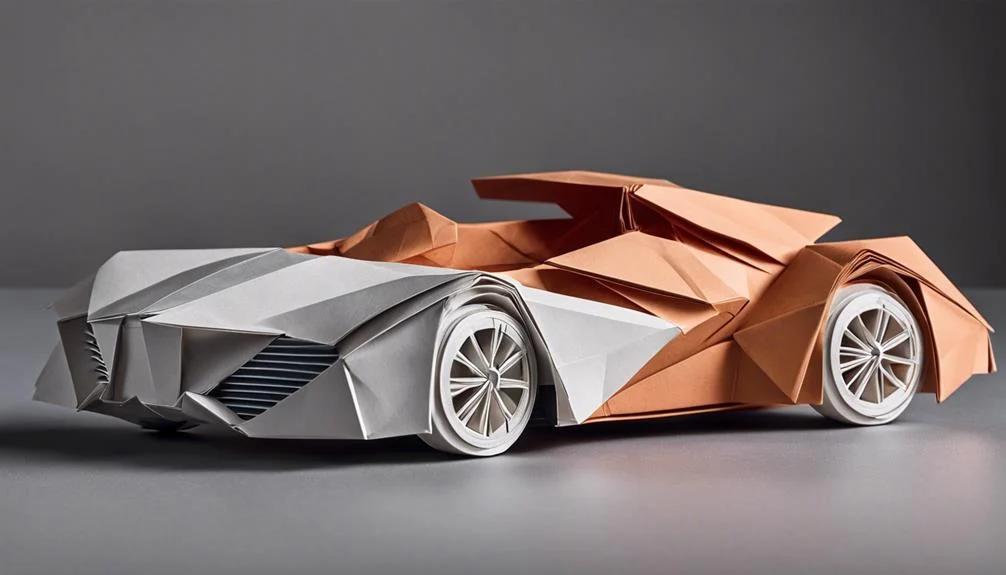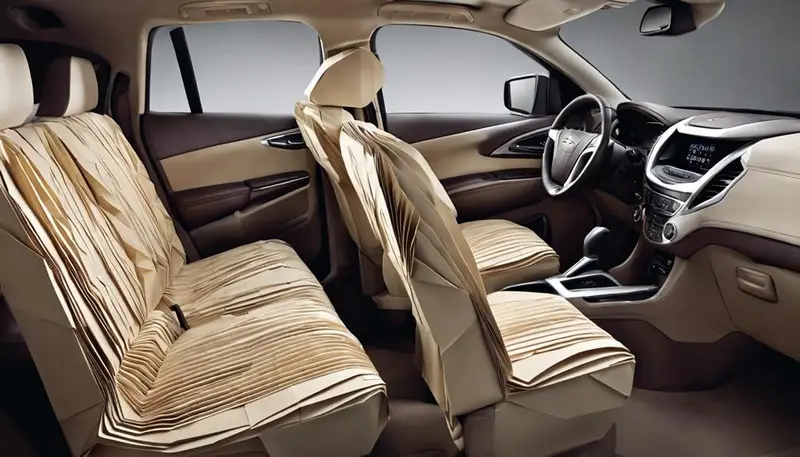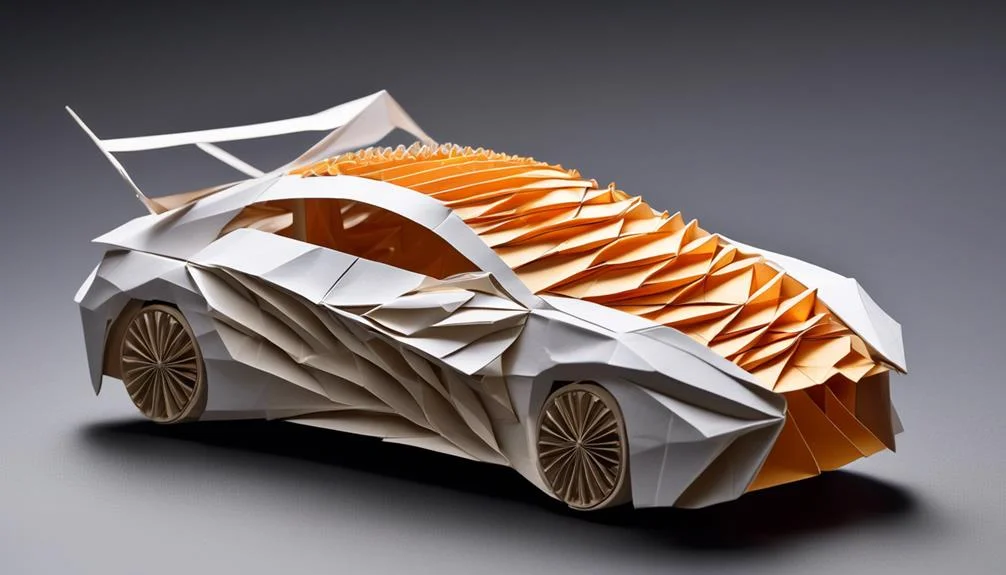Speed bumps are effective for traffic calming and increased safety but bring drawbacks. They can lead to vehicle wear, maintenance costs, noise pollution, and delays for emergency services. Traffic flow disruptions and congestion can occur, causing uneven patterns and conflicts between vehicles, especially in busy areas. Vehicles experience increased wear on suspensions, shock absorbers, and springs, leading to high maintenance expenses. Pedestrian safety considerations are vital, with visible signage and strategic placement necessary. Environmental concerns involve pollution from acceleration, construction impacts, and noise pollution. Discover more insights on the impacts of speed bumps beyond the surface advantages and disadvantages.
Takeaways
- Pros: Effective traffic calming, enhance road safety, reduce noise pollution, beneficial in high-risk zones, useful where speed limit signs are insufficient.
- Cons: Increase vehicle wear, higher maintenance costs, potential delays for emergency vehicles, contribute to noise pollution, risk driver frustration.
- Impact on Traffic Flow: Disrupt traffic, cause delays, create bottlenecks, lead to stop-and-go patterns, uneven traffic flow.
- Effects on Vehicle Maintenance: Accelerate wear on suspension, higher repair costs, alignment issues, exhaust system damage, frequent replacements.
- Considerations for Pedestrian Safety: Visibility for pedestrians, strategic placement, tactile indicators, reflective paint, signage for speed bump awareness.
Advantages of Speed Bumps
Moreover, speed bumps serve as an effective traffic calming measure that enhances road safety by reducing vehicle speeds in designated areas. By strategically placing speed bumps in high-risk zones such as school zones, residential areas, or parking lots, drivers are compelled to slow down, decreasing the likelihood of accidents and improving overall safety for pedestrians and cyclists.
These physical traffic calming devices are particularly beneficial in areas where traditional speed limit signs and enforcement may not suffice in controlling speeding vehicles.
Moreover, speed bumps can help to reduce noise pollution in residential neighborhoods by discouraging vehicles from speeding through these areas. The slower speeds enforced by speed bumps lead to quieter traffic flow, creating a more peaceful environment for residents.
Additionally, speed bumps can contribute to lowering carbon emissions and improving air quality, as vehicles traveling at slower speeds tend to emit fewer pollutants compared to those accelerating rapidly. Overall, the advantages of speed bumps in enhancing road safety and promoting a better quality of life for residents make them a valuable tool in traffic management strategies.
Disadvantages of Speed Bumps
One of the drawbacks associated with the implementation of speed bumps is the potential negative impact on vehicle wear and tear, leading to increased maintenance costs for drivers and municipal authorities alike. The repeated jolts and vibrations caused by driving over speed bumps can accelerate the wear of various vehicle components such as shocks, struts, springs, and suspension systems. This increased wear and tear not only decrease the lifespan of these parts but also result in more frequent repairs or replacements, adding financial burden to vehicle owners.
Furthermore, speed bumps can contribute to noise pollution in residential areas. The sound of vehicles decelerating and then accelerating over speed bumps can be disruptive to residents, especially during late hours. Additionally, emergency vehicles like ambulances and fire trucks may be delayed by speed bumps, potentially affecting response times in critical situations.
Lastly, speed bumps can lead to driver frustration, aggressive driving behavior, and the risk of accidents as drivers try to navigate these obstacles quickly.
Impact on Traffic Flow
The presence of speed bumps on roadways can greatly disrupt the flow of traffic, causing delays and congestion for drivers. Speed bumps force vehicles to slow down considerably, leading to a stop-and-go pattern that hampers the smooth movement of traffic. This constant acceleration and deceleration not only increases travel time but also decreases the overall efficiency of the road network.
Moreover, the presence of speed bumps can create bottlenecks, especially in high-traffic areas or during peak hours. Vehicles approaching speed bumps need to reduce their speed abruptly, causing a ripple effect as cars behind them also brake suddenly. This can result in long lines of vehicles and gridlock, further exacerbating the congestion issues.
Additionally, the uneven nature of speed bumps can lead to uneven traffic flow as drivers navigate around them, sometimes causing confusion and potential conflicts between vehicles.
Effects on Vehicle Maintenance
Vehicle suspension systems may experience increased wear and tear due to the repeated impact of traversing over speed bumps. The constant jolting effect as vehicles pass over speed bumps can lead to accelerated deterioration of shock absorbers, springs, and other suspension components. This increased stress on the suspension system can result in a need for more frequent repairs and replacements, leading to higher maintenance costs for vehicle owners.
To illustrate the potential effects on vehicle maintenance, the table below outlines some common maintenance issues that may arise due to regular encounters with speed bumps:
| Maintenance Issue | Description | Impact |
|---|---|---|
| Suspension Damage | Wear and tear on shock absorbers and springs | Reduced ride comfort and increased repair costs |
| Alignment Problems | Misalignment of wheels | Uneven tire wear and decreased stability |
| Exhaust System Damage | Scraping on speed bumps | Exhaust leaks and increased noise levels |
Considerations for Pedestrian Safety
Enhancing pedestrian safety around speed bumps requires thoughtful planning and implementation of appropriate measures. When installing speed bumps in areas with high pedestrian traffic, it is essential to take into account the visibility and signage to alert pedestrians of the upcoming road obstacle. Clear and visible markings, such as reflective paint or signage, can help pedestrians anticipate the presence of speed bumps and adjust their walking speed accordingly.
Additionally, ensuring that speed bumps are strategically placed in well-lit areas can enhance pedestrian safety, especially during low light conditions. Proper lighting can improve visibility for both pedestrians and drivers, reducing the risk of accidents or collisions near speed bumps.
Furthermore, incorporating tactile indicators, such as textured surfaces before speed bumps, can alert visually impaired pedestrians of the upcoming road feature, allowing them to navigate the area safely.
Environmental and Noise Concerns
Considering the impact on the surrounding environment and potential noise disturbances, the installation of speed bumps necessitates an evaluation of environmental and noise concerns.
Environmental Impact:
Speed bumps can lead to an increase in vehicle emissions due to constant acceleration and deceleration.
The construction of speed bumps may require the removal of trees or green spaces, impacting the local ecosystem.
Runoff water from roads with speed bumps can carry pollutants into nearby water bodies, affecting aquatic life.
Noise Disturbances:
Vehicles passing over speed bumps generate noise pollution, especially during peak traffic hours.
The repeated sound of vehicles slowing down and accelerating can disturb residents living near speed bump installations.
Noise pollution from speed bumps can have adverse effects on wildlife habitats in urban areas.
Addressing these environmental and noise concerns is essential when considering the installation of speed bumps to maintain a balance between road safety and minimizing negative impacts on the surroundings.
Frequently Asked Questions
Do Speed Bumps Increase the Risk of Road Rage Incidents?
Speed bumps can potentially escalate driver frustration, leading to road rage incidents. Factors such as increased travel time, repetitive braking, and heightened stress levels due to speed bumps may contribute to heightened aggression on the road.
Can Speed Bumps Damage Emergency Vehicles?
Speed bumps, if not properly designed and maintained, can potentially damage emergency vehicles due to their weight and need for quick response times. This issue underscores the importance of carefully planning speed bump installations to avoid such consequences.
Are There Alternatives to Traditional Speed Bumps?
When considering traffic calming measures, alternatives to traditional speed bumps include speed humps, speed cushions, chicanes, and raised crosswalks. Each option serves to reduce speed and enhance road safety without the potential drawbacks associated with speed bumps.
Do Speed Bumps Affect Snow Removal Processes?
Speed bumps can impact snow removal processes by potentially hindering plowing equipment or creating uneven surfaces. Municipalities must consider the placement and design of speed bumps to minimize disruptions and guarantee efficient snow removal operations.
How Do Speed Bumps Impact Cyclists' Safety?
Speed bumps can impact cyclists' safety by potentially causing them to lose control of their bicycles or suffer injuries due to abrupt changes in speed. Proper design and placement are essential to minimize risks.
Conclusion
To summarize, speed bumps offer advantages such as promoting safety and reducing speeding, but they also have disadvantages like potential damage to vehicles and increased noise pollution.
It is important to carefully consider the impact of speed bumps on traffic flow, vehicle maintenance, pedestrian safety, and environmental concerns before implementing them in any area.
Ultimately, the decision to install speed bumps should be based on a thorough evaluation of these factors to guarantee the best overall outcome.









